Emission Monitoring
Emission Monitoring is the process of continuously tracking and measuring the pollutants released into the atmosphere from industrial processes. This includes monitoring gases such as carbon dioxide (CO2), nitrogen oxides (NOx), sulfur oxides (SOx), and particulate matter. By implementing real-time emission monitoring systems, industries can ensure compliance with environmental regulations, reduce their environmental footprint, and optimize production processes. For industries in manufacturing, energy production, and heavy industries, emission monitoring is critical for both operational efficiency and regulatory compliance
*Terms and Conditions Applied:
- PRIMA will only measure combustion efficiency of single boiler and give report for FREE.
- If multiple boilers present at the company, except the first one all others will be chargeable.
- All Travelling and Lodging expenses to be born by the customer
*Terms and Conditions Applied:
- PRIMA will only measure combustion efficiency of single boiler and give report for FREE.
- If multiple boilers present at the company, except the first one all others will be chargeable.
- All Travelling and Lodging expenses to be born by the customer
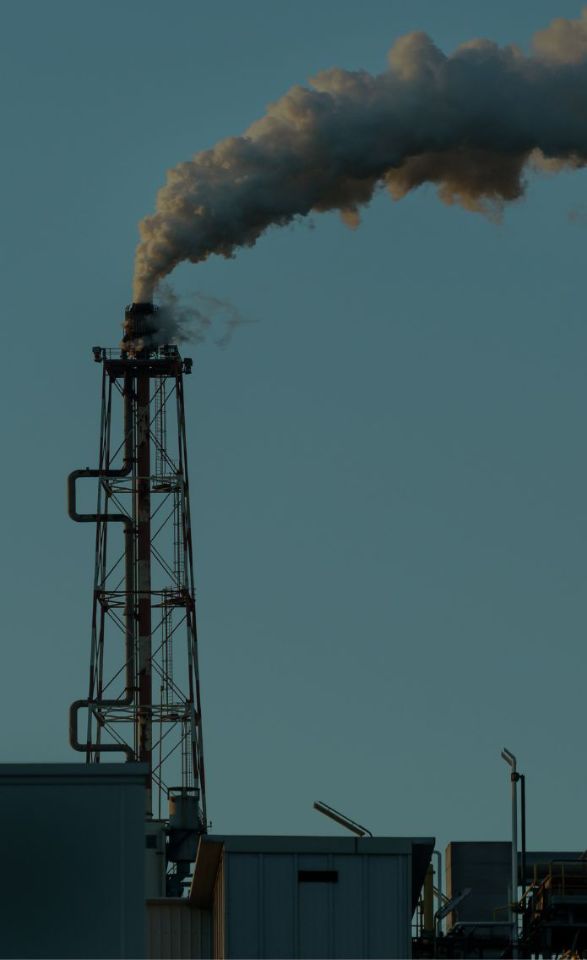
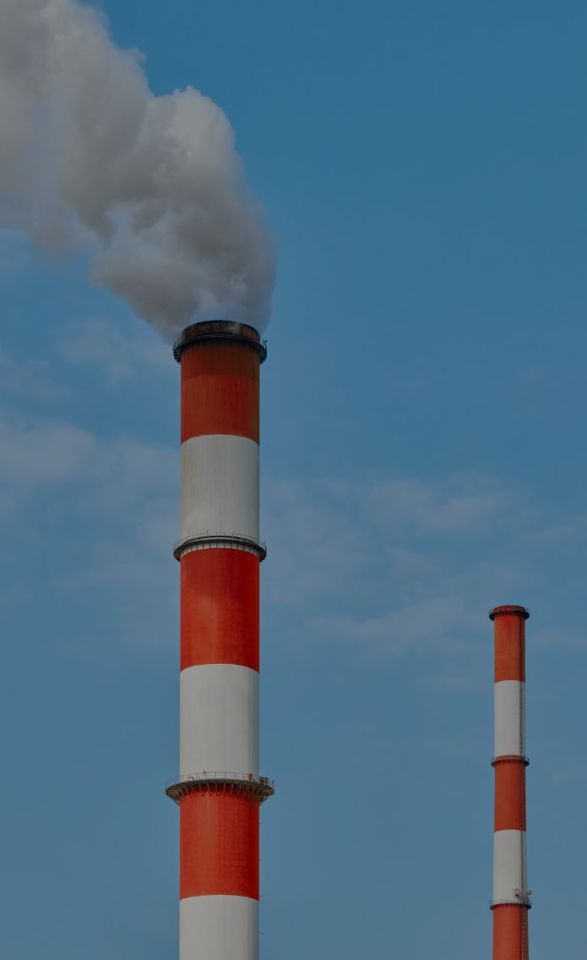
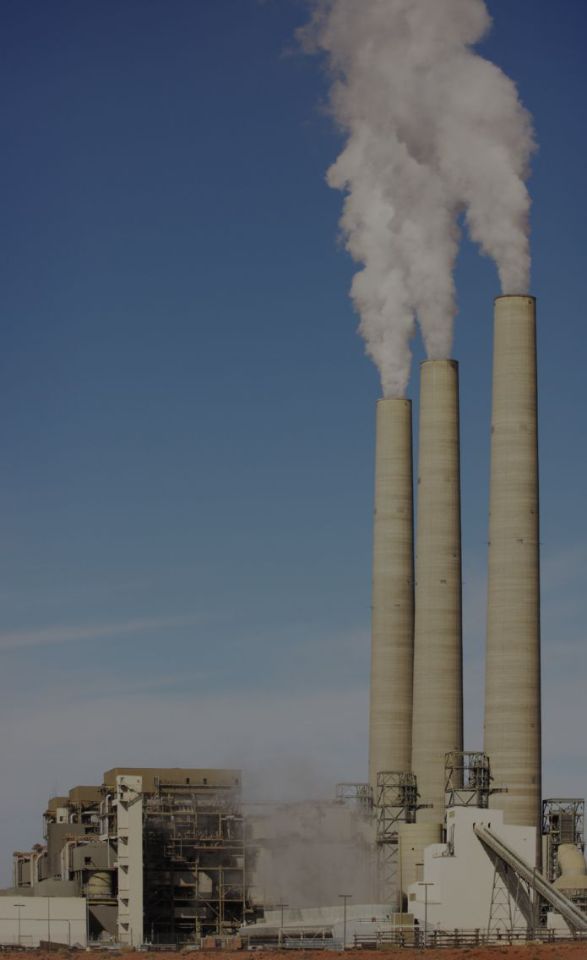
Key Benefits
6 key benefits of using emission monitoring systems in your plant

Optimized Production Processes
Streamlining operations based on emission data can increase production efficiency, reduce operational costs, and improve overall productivity.
Emission monitoring systems provide real-time data that help industries identify inefficiencies and areas for process improvement.

Protection from Future Environmental Regulations
Reduces the risk of future compliance issues and helps industries stay ahead of changing legal landscapes, avoiding sudden disruptions or costly upgrades.
As environmental regulations become stricter, early adoption of emission monitoring positions companies to easily adapt to future requirements.

Regulatory Compliance and Avoidance of Penalties
Prevents costly penalties, operational shutdowns, and legal battles, safeguarding the company’s financial stability
Emission monitoring ensures that industries meet environmental regulations and emission limits, helping to avoid fines and legal consequences.

Reduced Environmental Impact and Carbon Footprint
Demonstrating environmental responsibility attracts investors focused on sustainability, improves ESG (Environmental, Social, Governance) ratings, and can lead to tax incentives
Accurate emission tracking allows industries to actively reduce pollutants, contributing to global climate goals and reducing the company's carbon footprint.

Reduction in Operating Costs
Reducing wasteful emissions and improving fuel efficiency can significantly lower energy costs, directly boosting profitability.
Monitoring emissions enables industries to identify inefficiencies in fuel consumption and energy usage, allowing for optimized resource use.

Improved Public Image and Brand Reputation
Enhances brand value, attracts environmentally-conscious consumers, and strengthens relationships with stakeholders and regulatory bodies.
Implementing emission monitoring systems shows a commitment to environmental sustainability, which resonates positively with customers, investors, and communities.
Use Cases
10+ most used applications of emission monitoring
Oil Refineries
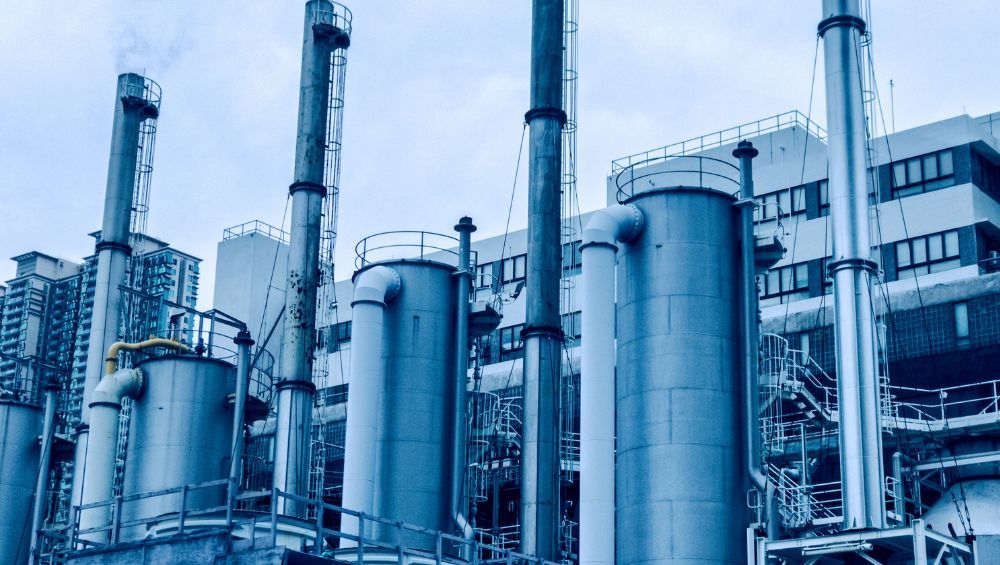
Measure emissions of volatile organic compounds (VOCs), sulfur compounds, and other harmful gases during refining processes
Benefit: Helps reduce toxic emissions, improve operational efficiency, and comply with air quality standards
Chemical Industry

Monitor emissions of hazardous gases like ammonia, chlorine, and VOCs during chemical production.
Benefit: Ensures worker safety, reduces environmental impact, and complies with health and safety regulations.
Pharmaceutical Industry

Track emissions of solvents, VOCs, and hazardous air pollutants from drug production processes.
Benefit: Ensures compliance with health and environmental regulations while maintaining product quality
Power Generation Plant
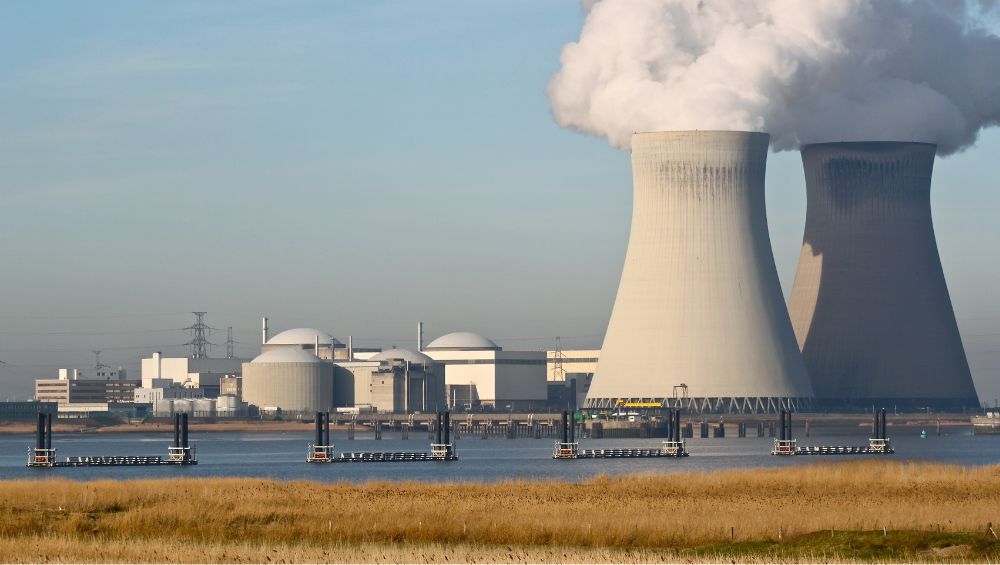
Monitor emissions of carbon dioxide (CO2), sulfur dioxide (SO2), nitrogen oxides (NOx), and particulate matter
Benefit: Ensures compliance with stringent environmental regulations & reduces plant's environmental footprint.
Food & Beverage

Track emissions from boilers, ovens, and refrigeration systems, including CO2, NOx, and VOCs.
Benefit:Improves energy efficiency, reduces emissions, ensures compliance with environmental regulations.
Petrochemical Industry
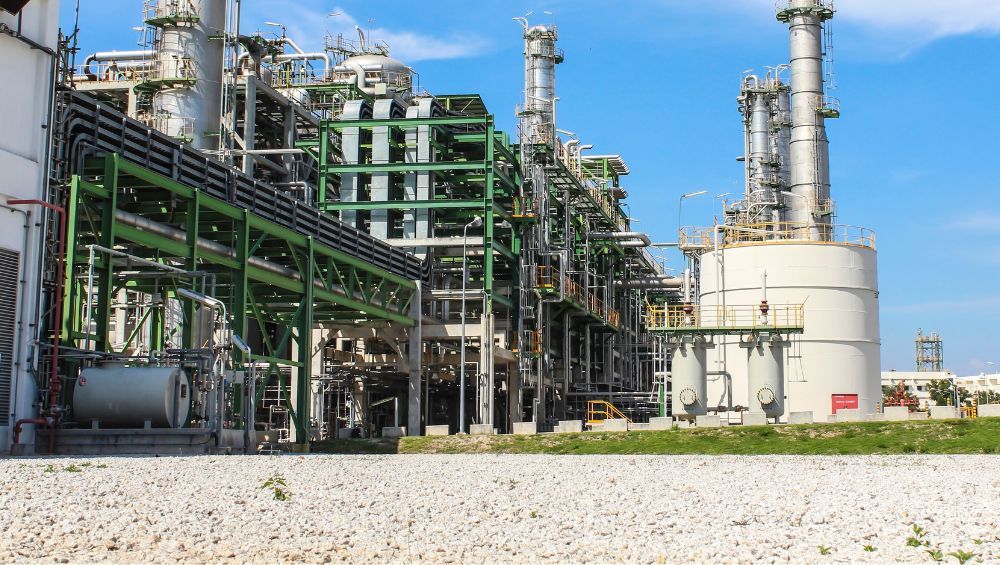
Monitor emissions of hydrocarbons, NOx, and CO2 from petrochemical production processes.
Benefit:Reduces air pollution, ensures regulatory compliance, and improves operational safety.
Underground Mines
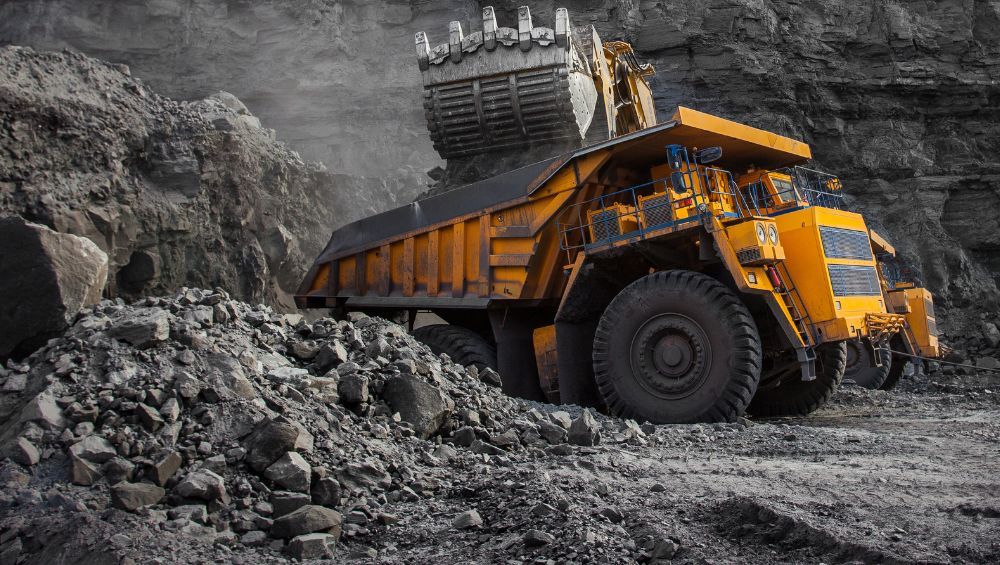
Monitor dust, particulate matter, and gas emissions from mining activities including transportations
Benefit:Protects worker health, reduces environmental damage, and ensures compliance with mining regulation.
Fertilizers

Measure emissions of ammonia (NH3), NOx, and CO2 during fertilizer production processes.
Benefit:Reduces harmful emissions, ensures regulatory compliance, and improves process efficiency.
Textile Manufacturing

Monitor air pollutants such as VOCs, particulate matter, and toxic gases
Benefit :Helps to reduce emissions, protect workers, and ensure compliance with environmental standards.
Waste Incineration Plants
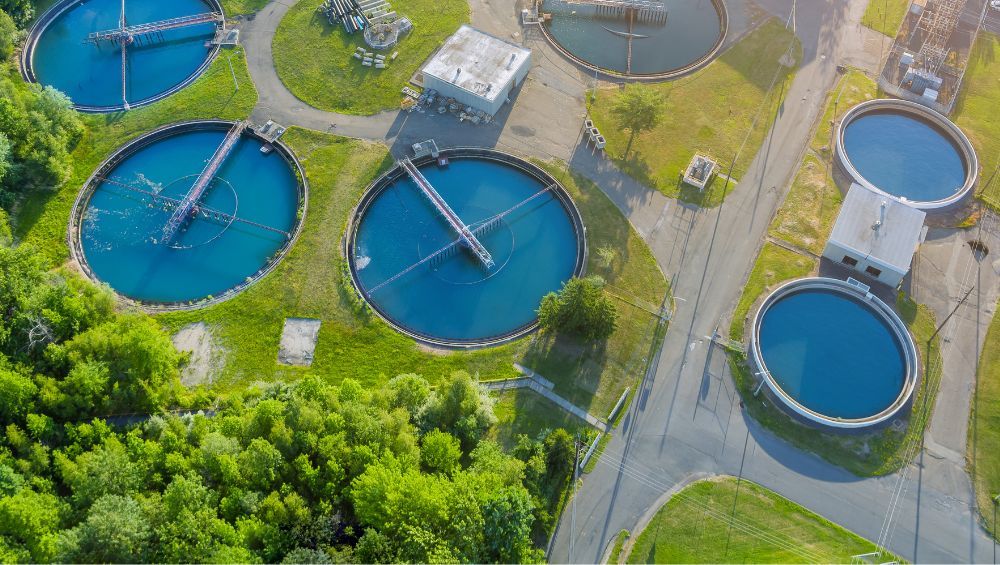
Measure emissions of dioxins, furans, particulate matter, and other pollutants during industrial waste
Benefit:Ensures safe waste disposal, meets stringent environmental standards
Cement Manufacturing

Track emissions of particulate matter, CO2, and SO2 from cement production processes.
Benefit:Reduces environmental impact, ensures compliance with emission norms
Biogas Plants
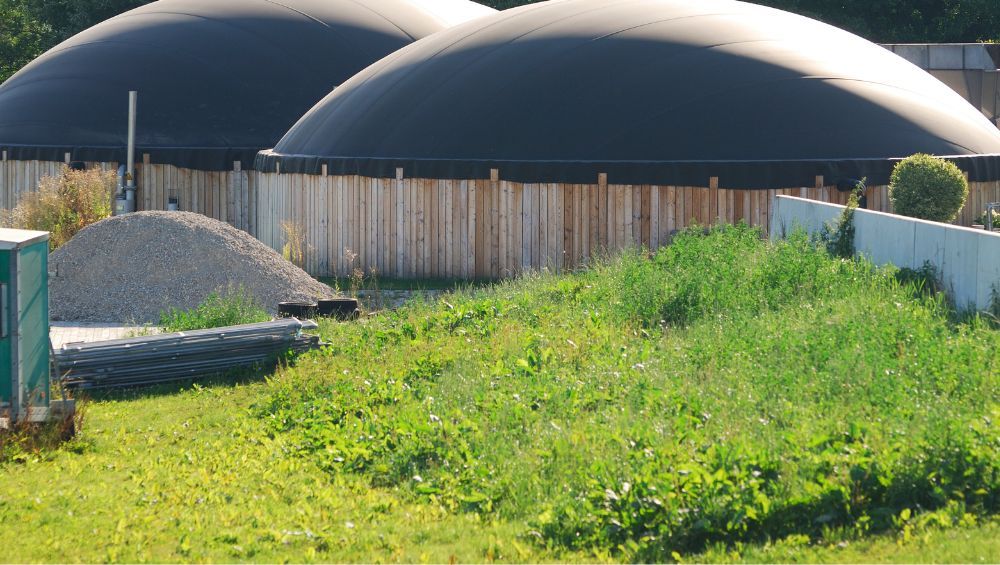
Measure methane (CH4), CO2, and other emissions from biogas production and storage.
Benefit:Optimizes biogas production efficiency, reduces greenhouse gas emissions
Steel and Metal Plant
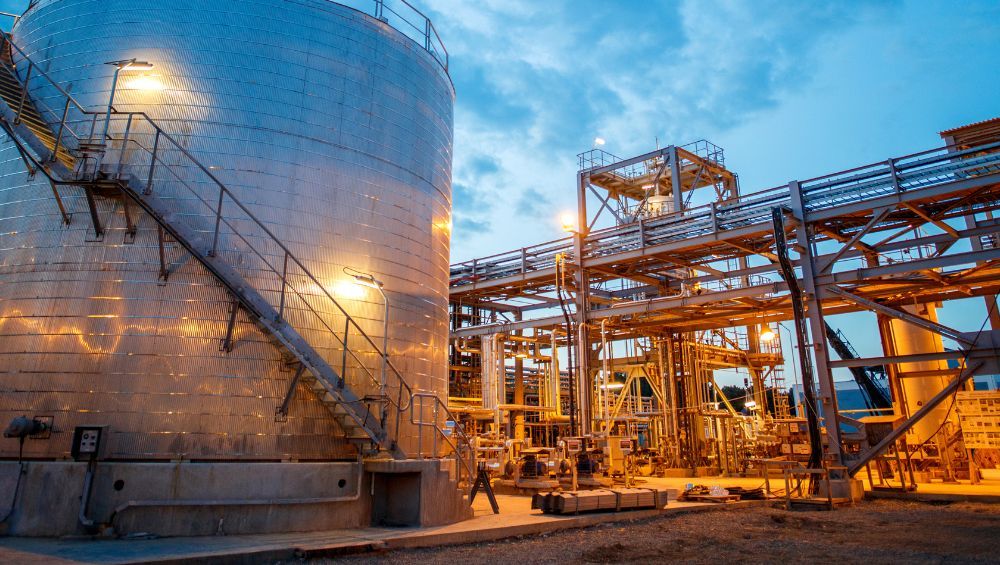
Monitor emissions from furnaces, coke ovens, and smelting operations to detect particulate matter, NOx, and CO2.
Benefit:Helps heavy industries meet emission limits, reducing pollution and energy consumption.
Pulp and Paper Mills

Track emissions of sulfur dioxide (SO2), particulate matter, and volatile organic compounds (VOCs)
Benefit:Reduces environmental impact and ensures compliance with emission limits in a highly polluting industry
Paint and Coating

Monitor VOC emissions from paint production and application processes.
Benefit:Helps reduce environmental impact, improve worker safety, and comply with emission regulations.
Automobile Manufacturing

Track emissions from painting booths, welding, and assembly lines, including VOCs, CO2, and particulate matter
Benefit:Reduces harmful emissions, protects worker health, and ensures compliance with regulations
